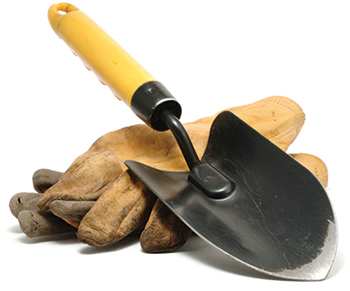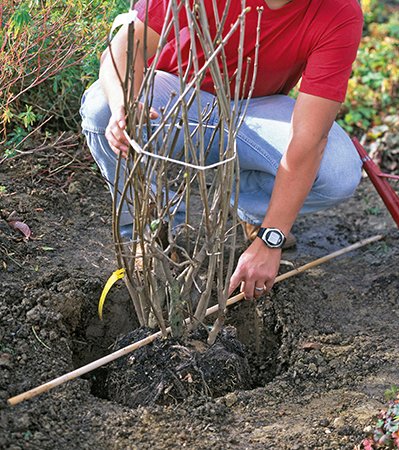
Redesigning your garden may involve transplanting perennials, shrubs or even trees. It’s not a daunting task, but remember that timing is key because no plant should be kept out of the soil for too long.
The best times for transplanting are late summer or early autumn, which gives plants the chance either to put down roots and start growing before the onset of winter or to start growing in spring before the onset of hot summer temperatures.
• Try to transplant during wet and cooler weather to reduce stress on the plants. Avoid hot spells.
• Transplant evergreen trees and shrubs in April or October, when the soil is moist and warm.
• Transplant shrubs that are sensitive to frost, such as frangipani, hibiscus or hydrangea, in spring.
Trees and older shrubs should be prepared before being relocated or they won’t tolerate the change. It takes two to three seasons to root-prune a tree fully but, in the end, a compact, well-branched root system will greatly increase a tree’s chance of survival once it is moved.
1 In spring, dig a furrow 15 inches (40 cm) deep by 10 inches (25 cm) wide a third of the way around a tree, slightly closer to the trunk than you will eventually be digging when the tree is moved. By doing so, you can break long, unbranched roots, prompting the regrowth of new roots nearer the main trunk of the tree. Cut off the roots around the main shoots, at a slight angle toward the shrub or tree.
2 Fill the trench with fresh soil and compost and keep watering the plant well to promote the growth of new fibrous roots.
3 In autumn, dig around the next third of the roots and in the following spring, dig a furrow through the remaining roots. Don’t transplant until the following autumn.
4 Prune the shoots of the transplant by up to a third of their length to prevent harmful effects from damaged roots.
5 A handful of bone meal and some mature compost will give the tree or shrub a good start once it’s positioned in its new hole.
6 Keep transplants, whether perennials, shrubs or trees, from dehydrating by spreading a thick layer of mulch on the ground around them.
• Transplant perennials after they have finished flowering. If you transplant in the spring, don’t expect the plants to flower that year.
• Transplant in late autumn so you can save yourself the work of extensive watering.
• Add compost or humus to the hole for perennial plants to help them to sprout new shoots.

MAKE SURE the plant is sitting at the SAME LEVEL in the new hole.